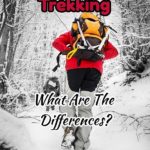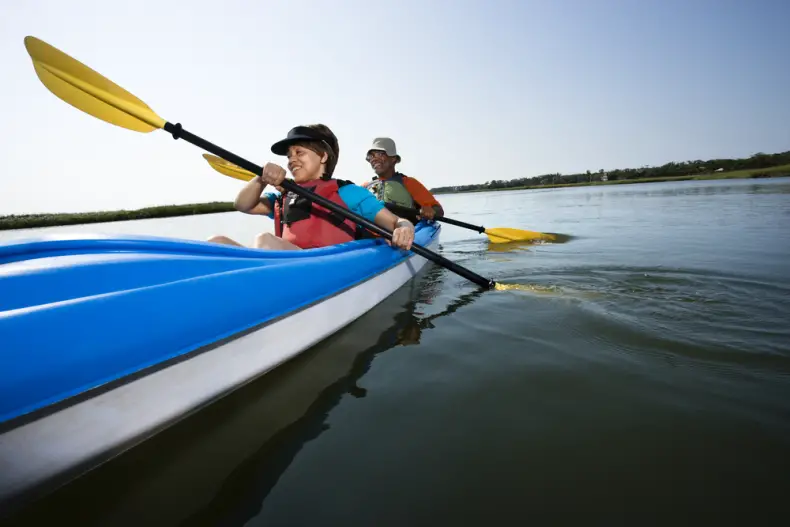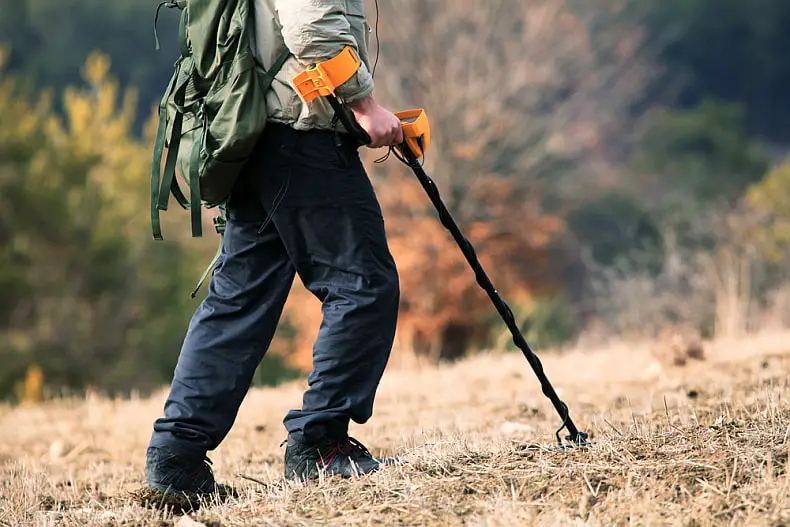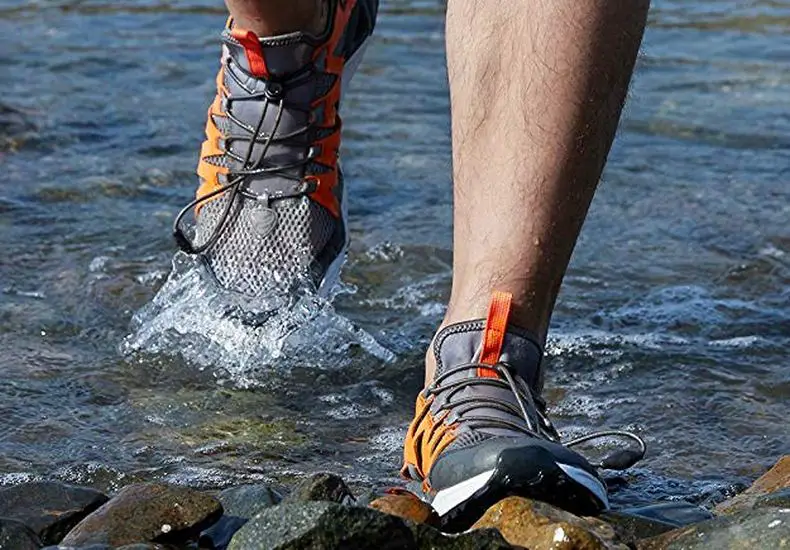Hiking and trekking are nature activities in the form of walking in the great outdoors that many associate and place in the same context. Yes, there are indeed great similarities between the two activities that are both natural and walking-oriented, but there are differences in hiking vs trekking.
The difference between the terms hiking and trekking is unclear to many. They are often used interchangeably, and the reason is that both activities involve:
- Walking
- Nature exploration
- Physical activity
- More serious physical exertion
- Fantastic natural landscapes
- Certain equipment for long hikes
Table of Contents
Main Difference Between Hiking vs Trekking
Below are the basic features of trekking and hiking as well as their differences.
Hiking
The term hiking refers to long walks in nature along familiar and accessible trails. Hiking is an outdoor recreation that is of an excursion character and usually refers to day hikes, that is, it does not last more than a day. These day hikes can be long walks through the woods or climbing smaller hills. Hiking tours offer nature enjoyment, emotional relaxation, and are great for getting in shape.
Trekking
Trekking, or “walking the trails”, involves longer walking on established trails in areas where transportation is generally not available. Trekking is not mountaineering. Trekking can involve several days of walking and even adventure, but it does not necessarily include a mountain.
Trekking is more synonymous with thru-hiking. Trekking can be practiced for only one day, but generally, this term means a multi-day stay in nature, as well as climbing and moving on more difficult terrain and higher climbs. As this is an activity that lasts for several days, as well as in more demanding terrain, trekking requires the wearing of certain equipment as well as special footwear and clothing.
Trekking is not an adrenaline activity, but it is adventurous. Trekking does not require technical knowledge but strong willpower, good shape, and specific equipment.
Differing Factors Between Trekking And Hiking
The most significant differences between trekking and hiking are the accessibility, location, distance traveled, and length of time of the entire route. If you can even say that you are ever done exploring nature and new paths…
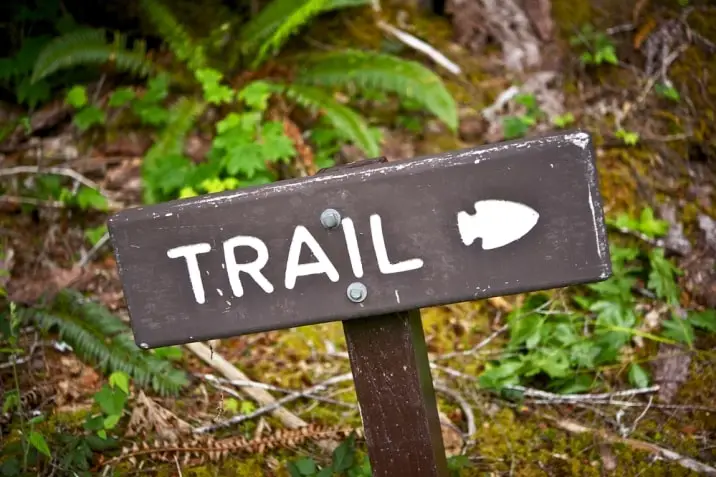
Accessibility
Although hiking can be a very demanding physical activity, the fact that hiking usually involves well-known routes through nature and trails that someone has already gone through and marked somewhat justifies the idea that hiking is “easier”. Hiking trails, generally, are more easily accessible by any type of transportation.
When hiking, just knowing that you can easily return and expect help when needed, walking in or near roads and highways can give you a sense of security.
When trekking, some areas may not be nearly as accessible as they may involve rougher terrain that may be difficult to navigate by vehicle.
Location
Hiking usually happens in beautiful natural environments with breathtaking landscapes, and the surroundings usually have fascinating hills, mountains, and valleys.
On the other hand, trekking, which also consists of demanding routes, is often located in mountainous areas. Worldwide trekking tours are considered to be a rougher way of walking and more demanding in terms of hiking conditions.
Distance
Let’s say that hiking is a walk through beautiful natural landscapes, and through well-known trails and routes that have established start points and endpoints. You could know from the beginning how far you will go. Knowing the distance ahead of time somewhat shortens the path and implies that you know when to complete your journey.
Trekking is more complicated in that it’s harder to predict the exact distance as it is a much longer journey. There is no precisely defined distance as there is on a well-known hiking trail.
Time
It is well known that trekking tours usually take several days and sometimes involve making your nature trails. A path that no one has ever traveled before, with less well-known paths and no specific finish line.
It is obvious that well-known hiking routes will take less time than undefined, wild trekking routes and routes that sometimes take days or even weeks.
If you plan to spend less time walking through nature and know your start and destination, you’re going on a hiking expedition, while walking for a few days or weeks with overnighting in nature involves trekking routes.
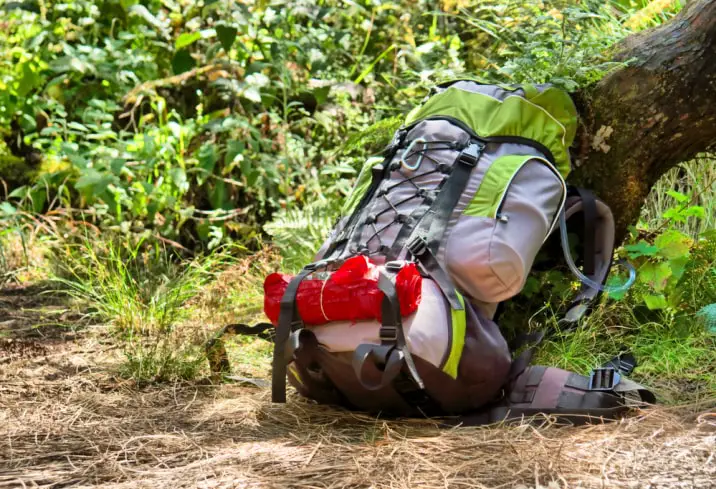
Differences in Equipment For Hiking vs Trekking
Whether hiking or trekking, you’ll need some equipment. There are, however, some differences between hiking vs trekking equipment.
Equipment For Hiking
Basic hiking equipment includes certain elements that apply to any activity in nature:
Backpack
A good hiking backpack is a key piece of hiking gear. What is important in the beginning is that it is comfortable to carry. It is best to choose one that is both lightweight and large enough to fit whatever equipment you need, but not too big.
The backpack should have comfortable straps, a removable waist belt, waterproof material, and a lined back of the backpack to make it comfortable to carry all day.
Water Bottles
The highest quality bottles for hiking are those that can filter bacteria, parasites, chemicals, and generally purify water so you can drink it from almost any source. These bottles are easy to carry, pack, and use.
External Battery
Nowadays, life without a phone is unthinkable. You shouldn’t be without it at some crucial time during your excursion. That’s why you need to have an external battery at these times, as it can charge your phone quickly or take the place of your internal battery without the need for an outlet for a power source.
Trekking Poles
Trekking poles can be used for both hiking and trekking. A good set of trekking poles will keep your knees, and your feet in general, from straining uphill and prevent unwanted falls. These rods are generally foldable, so they can fit in a backpack and can have a knob that adjusts to the desired height.

Hiking Footwear
Proper footwear is crucial for hiking — you need to have shoes, boots, or (now popular) hiking sandals depending on the type of terrain, the season, and the current weather. Shoes or sandals are probably satisfactory for somewhat flat terrain. I would suggest a good pair of hiking boots in intense hiking situations where you need ankle support to help prevent strains or sprains.
Basic Clothing
Hiking pants, socks, base coat, T-shirts, underwear, hat, gloves, etc. – make sure to wear the proper type of clothing for the weather and conditions. In hot, humid environments you’ll want to wear moisture-wicking material to help keep cool. In wet conditions, waterproof clothing can be of great benefit.
Equipment For Trekking
As we said before, going on trekking for a few days when in wild conditions that are not easily predictable you have to be prepared for the unexpected. When trekking, you have to anticipate all these things above and provide additional equipment and tools that might be useful. Especially since you will also be overnighting.
In addition to the aforementioned equipment, trekking equipment for longer, unpredictable routes usually contains some other key elements such as:
- Camping Gear: Tent, Sleeping Bag, etc.
- Food
- Survival Kit
- More Clothing
- First Aid Kit
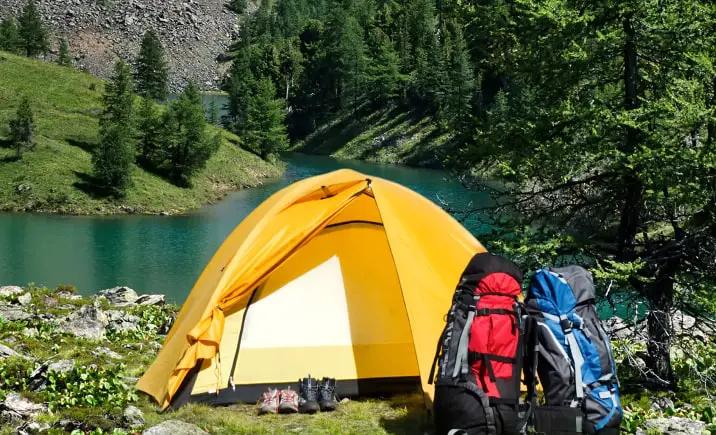
Camping Gear
Overnight trips are obviously going to require overnight gear. A tent, sleeping bag and pad, and a small camp stove are some of the items you will need while trekking. These items should be ultralight in weight as you will be carrying them the entire time you are walking.
Food / Meal Plan
Although you may eat on the hiking trail, trekking is generally a multi-day event that will require complete meals daily. A meal plan with food to fulfill the plan will be a requirement. Although you can still have compact meals comprised of prepackaged or dehydrated foods without carrying a lot of extra weight, you will need to eat regularly.
Survival Kit
Since you’re on a multi-day journey, you’ll need to make sure you’re covered against any unforeseen event. A basic survival kit while trekking is something you don’t want to be caught without.
Items you’ll want to include are a fire starter, extra food, water filter or iodine tablets, paracord, and duct tape to name a few.
More Clothing
Temperatures can dip down at night. That’s why it is important to bring enough clothing to make sure you are well-layered to fend off the cooler weather.
Rain is always a threat when trekking. A good rain poncho that can cover both you and your backpack is ideal for shedding the water and keeping you and your gear dry.
First Aid Kit
A first aid kit for trekking should be more thorough by containing items for any first aid situation. Not only should it include basic items for cuts and scrapes, but should include items that will be able to address incidences that can be more severe such as an elastic wrap for sprains or burn cream for burns. A useful item for broken bones is a Sam™ Splint which is very versatile in splinting many different areas of the body to keep from worsening the injury until you can get medical assistance.
Conclusion
Hiking and trekking are both great activities that can be enjoyed in the great outdoors. We hope to have shed some light on the differences between hiking vs trekking. Whether you choose hiking or trekking, be sure you are correctly prepared for your journey, big or small. Just the peace of mind in knowing you’ll be able to handle whatever lies ahead can make all the difference in your experience while out there.


